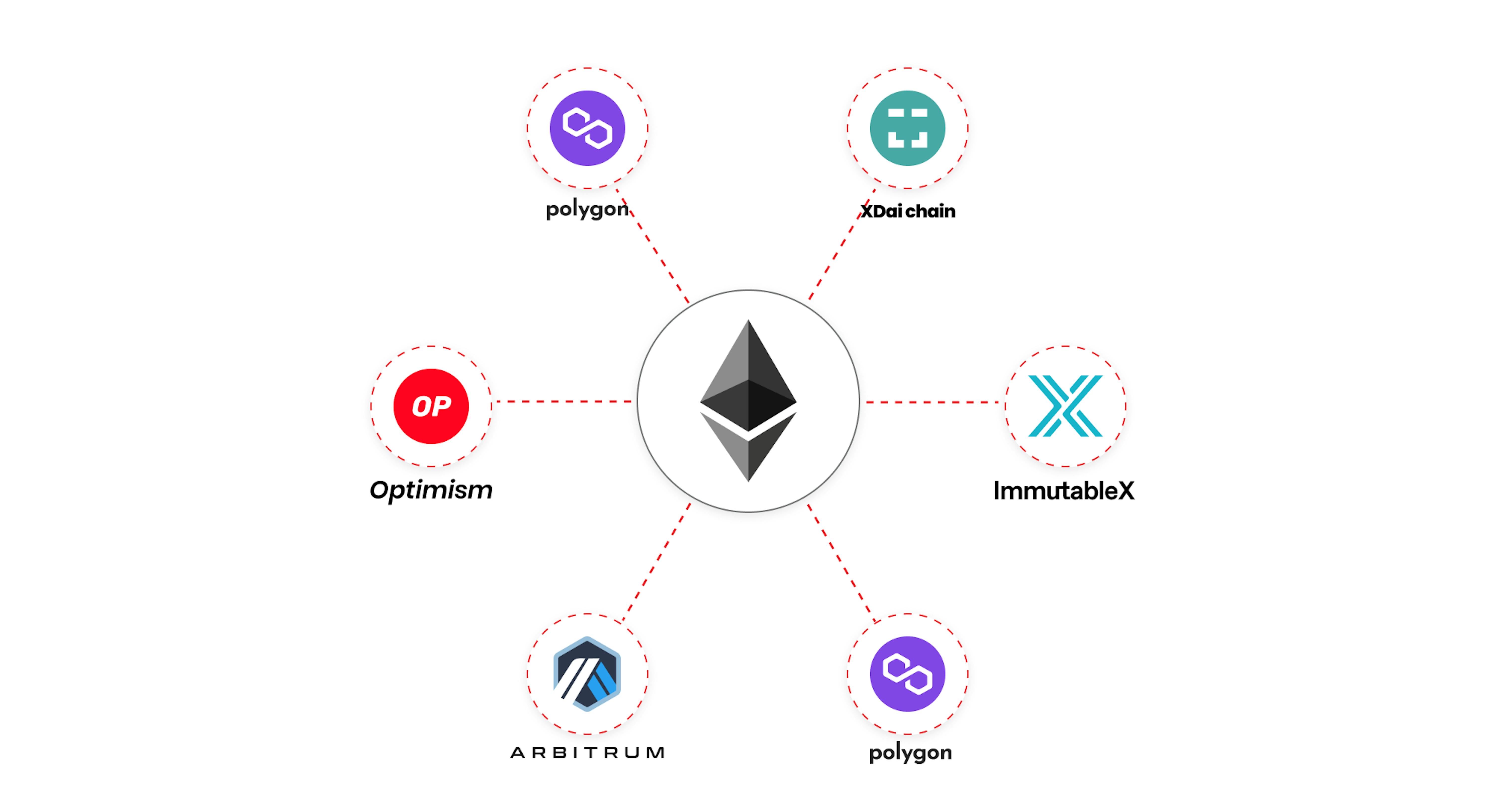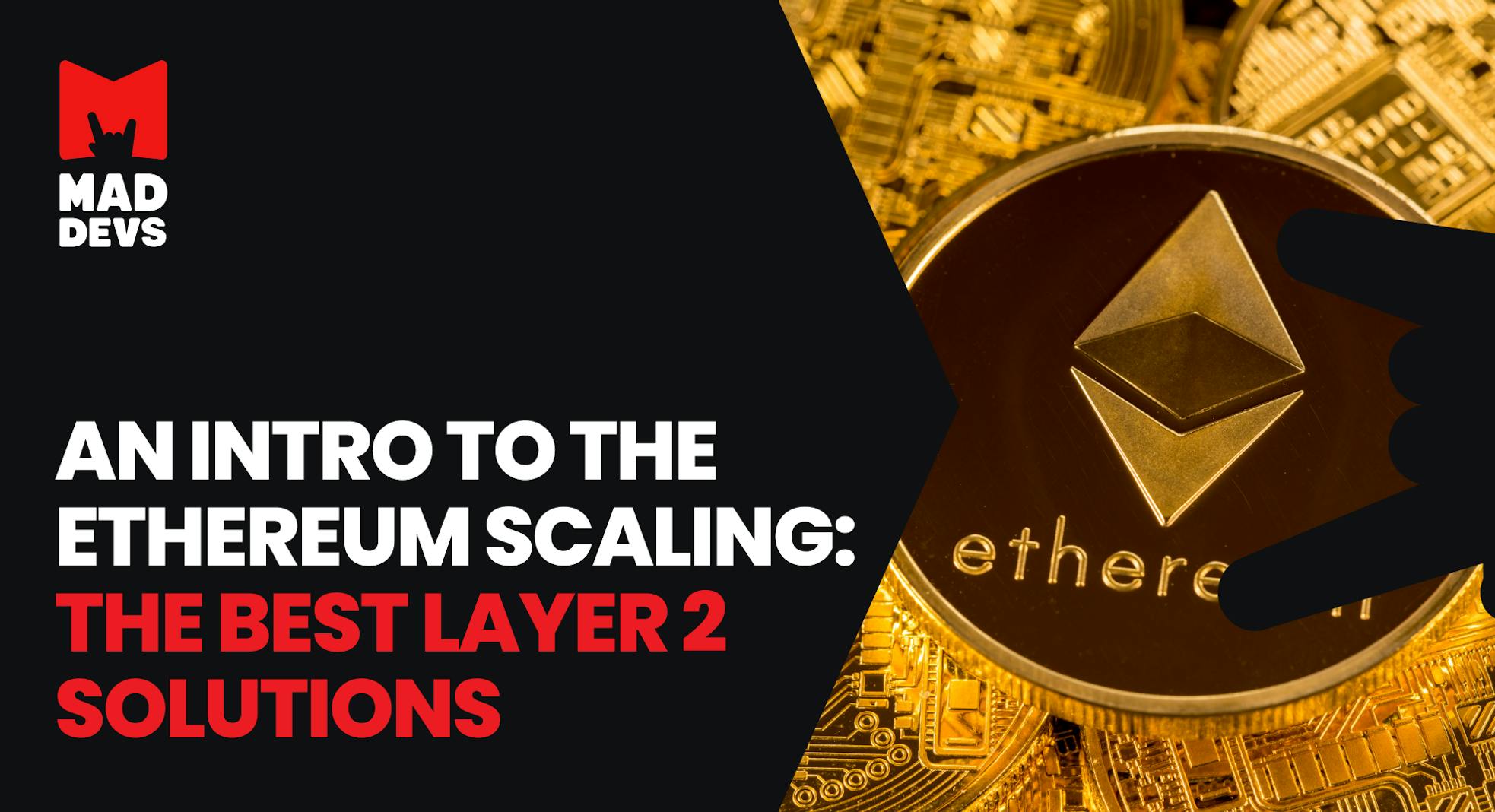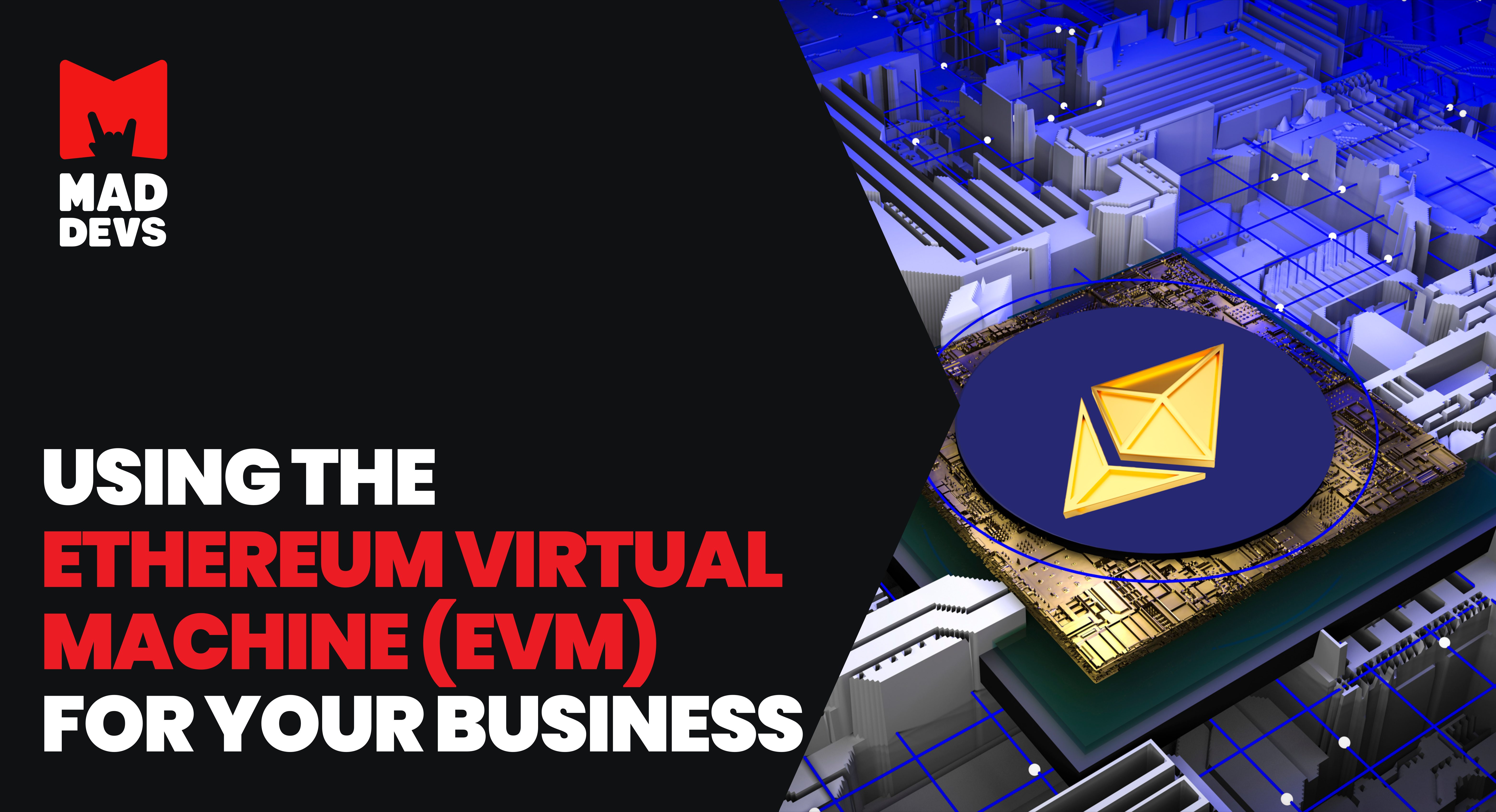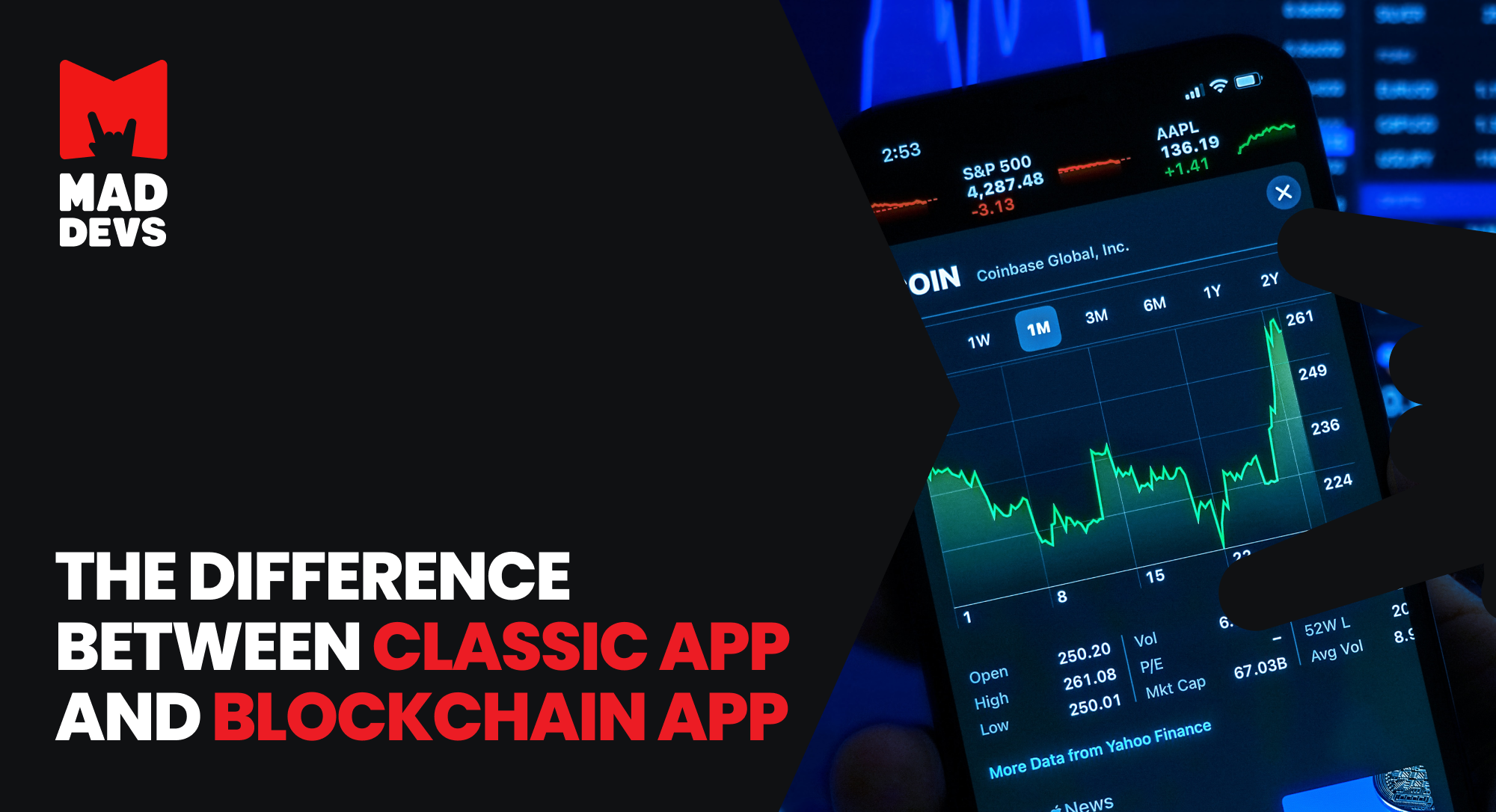The advantages of blockchain technology are numerous: it allows people to execute transactions in a trustless environment, maintain immutable records, and develop secure and resilient digital identities. It has also helped to create a booming cryptocurrency ecosystem.
One of the most popular blockchains in use right now is Ethereum. Due to its various capabilities, it is able to perform over a million transactions per day. This is also a huge advantage for the platform as it allows people to easily access its services. The potential for the platform to boost the number of users and applications in the DeFi space is also immense.
Due to the increasing number of people using the platform, it has been experiencing various limitations. We mentioned number of transactions per day, but what is more important there are only about 30 transatctions per second. Which is not so impressive, right? Also these include the time it takes to complete transactions and the high gas fees. In order to address these issues, Ethereum has introduced Layer 2 solutions. These allow the platform to perform cheaper and faster transactions.
In this article, we will discuss what are layer 2s and the best Ethereum layer 2 solutions.

Why are Layer 2 solutions there?
The issue of scaling problems is when the amount of data that passes through a blockchain hits a limit. This is caused by the insufficient number of computational resources that the blockchain has.
Developers of blockchains are working to improve the capabilities of their platforms in order to allow them to process more transactions and faster processing times. One of the most effective ways to achieve this is by implementing layer 2 protocols. This will make it easier for people to access the various services that are offered by blockchain technology.
A layer 2 solution crypto refers to a secondary framework or protocol that is built on top of an existing blockchain system. Its goal is to solve the various issues that are typically encountered by major networks when it comes to performing transactions.
How do Layer 2 solutions work?
This type of scaling solution involves transferring a portion of a blockchain's transactional burden to a system architecture that then handles the rest of the network's processing off the chain. It eliminates the need for the main blockchain to perform all of its processing. It also allows the base layer blockchain to be more stable and less congested.
What is ETH layer 2 solution?
There are various layers that are available on Ethereum. Let's take a look at how these solutions can bring scalability to the blockchain:
Plasma or Nested blockchain
A nested blockchain is a type of blockchain that is typically composed of a main chain and a series of secondary chains. These secondary chains are then executed on an interconnected web of other chains. Multiple levels can be built upon a single mainchain, with each level using a parent-child connection.
The parent chain of a main blockchain delegates work to child connection that process and return to parent chain after completion. The main blockchain, on the other hand, does not participate in the operations of secondary chains unless a dispute is resolved.
The distribution of work on a main blockchain can reduce the processing burden on the main chain, which in turn improves its scalability.
State channels
A state channel is a type of network-adjacent resource that allows two-way communication between the off-chain and the blockchain nodes. Unlike the nodes of the Layer-1 network, it does not require validation. Instead, it is protected by a multi-signature mechanism.
A state channel is used to process transactions or batch of transactions. After a transaction has been completed, the last state of the channel is recorded to the blockchain. Some examples of state channels include the Liquid Network, Bitcoin Lightning, and the Raiden Network. In order to achieve greater scalability, state channels have to sacrifice some of their decentralization.
Sidechains
A sidechain is a type of blockchain that's typically used to process large batch transactions. It uses a consensus mechanism that is separate from the original blockchain. This type of architecture can be used to improve the efficiency i.e throughput and scalability of its network. The main function of a sidechain is to maintain security and ensure that the transactions are recorded correctly.
Unlike state channels, sidechains do not require private parties to participate in the transactions. Also, since sidechain transactions are generally recorded to the blockchain, security breaches affecting the mainchain or other sidechains would not affect the operations of the sidechain. Establishing a sidechain can be very time-consuming as it usually involves building a vast infrastructure.
Roll ups
Zero-knowledge roll up smart contracts ensures that the state of all transactions on layer 2 is maintained. This means that instead of all transaction data being included, ZK-rollups only need a validity proof. This method is quicker and cheaper than validating a block without any data. It can produce blocks in a minute, and it can process up to 2,000 transactions per second. Because of this, it allows all the verifiers to know that the same information is being stored.
The ZK-rollups layer 2 solution performs better than the layer1 system due to the amount of data that's stored off-chain. This eliminates the need for a lot of processing power, and it allows transactions to be cheaper.
The optimistic rollups solution runs on the base layer of Ethereum, which means that it can handle a large number of transactions without affecting the network. They also benefit from the same security level as the main chain..
The main difference between the ZK-rollups and the optimistic rollups is that the latter relies on external validations to check the state of the transactions before they can be updated. However, this doesn't mean that they can't support smart contracts. They can do so through the same process that underlies smart contracts.
The various advantages of using Layer 2 solutions are immense, and they can change the landscape of the blockchain. Due to their potential to improve the efficiency of blockchain networks, many companies are now integrating them into their development services.
For example, the main advantage of using Layer 2 solutions is that they focus on one specific aspect of the network, which is moving the majority of transactions off the chain. This eliminates the need for gas fees and improves the efficiency of the transactions. Within a relatively short time, many of these solutions have been able to gain widespread attention.
What are the best layer 2 solutions?
1. Polygon

Polygon, also known as Matic, is an emerging platform that enables developers to create optimized Ethereum instances. These instances are built on top of a set of tools and components that are designed to make it easier for them to create and manage their own blockchain networks. The platform also offers developers a variety of security and flexibility features.
Due to the delay in the implementation of Ethereum 2.0, the Polygon network is becoming more popular.
Through its platform, the Polygon network has already created over 900 applications, which include various types of decentralized applications such as lending, blockchain gaming, and gambling.
In addition to its platform, the Polygon network has also partnered with various companies. Some of these include Kambria Open Innovation, Mogul Productions, and Graphlink.
The fees on the Polygon network are almost 10x time cheaper than gas fees that were charged on Ethereum. To make the deal even sweeter, the network also gives away free Matic tokens whenever you bridge your assets.
2. Optimism

One of the impressive feature of the project is its ability to improve the efficiency of transactions and make them more affordable. This is a good development for the project as it allows developers to create more efficient and faster smart contracts. Developers can also easily create solidity smart contracts that can run on Optimism.
The mainnet of the project, which is called Optimistic Ethereum, is currently hosting Uniswap V3.
The Optimistic Ethereum is an EVM-compatible rollup chain that is designed to make it easy for people to transfer assets and perform transactions. The main advantages of this network are its fast and secure nature.
Basically, it is a big list of transactions that are stored in an Ethereum smart contract. Each of its rolled-up blocks is stored on Canonical Transaction Chain. It works by the principle that user does not submit their transaction to the Canonical Transaction Chain, instead new blocks are created by a process known as a sequencer. This ensures that all of the transactions are valid and then executes them on the Optimism blockchain's layer 2. This is a blockchain that is located atop the L1 blockchain.
3. Arbitrum

Arbitrum is a great entry point for those looking to add layer 2 scaling to their Ethereum projects. Off-chain Labs has developed a robust and open-source platform that enables Solidity developers to easily cross-compilate their smart contracts with Ethereum. The platform features a variety of components, including the EthBridge, compiler, and validators.
The Arbitrum platform's compiler can help create various Solidity smart contracts that are compatible with running on various platforms, such as the AVM (Arbitrary Virtual Machine).
It mainly used by the off-chain community to perform various tasks, such as validating the AVM.
Although Arbitrum doesn't have a native token, it is one of the best layer 2 platforms for creating smart contracts on the Ethereum network. Another impressive feature of the platform is its support for sidechain aggregation, which is a type of technology that allows third parties to perform sidechain transactions.
One of the most convenient features of the Arbitrum platform is its ability to import DApps from the AVM to EVM. This eliminates the need for additional steps and allows users to easily create and manage their smart contracts.
Several prominent companies such as Chainlink and Graph Protocol are also known to have partnered with the platform.
4. XDai chain

For those looking to minimize their transactions on the Ethereum network, there is also xDai. It is a sidechain based on ETH.
XDai is a stablecoin that can be used to secure a network. Its proof-of-stake consensus allows users to earn rewards whenever other traders complete transactions on the network.
The xDAI chain utilizes a Proof-of-Stake consensus mechanism that enables users to place native tokens on the network as stakes. In brief, users deposit their cryptocurrency into the blockchain in order to become validators.The more people who are able to validate the blockchain, the more secure it will become. For this reason, the xDai STAKE token is an integral part of the platform. No doubts, stablecoins are known to be incredibly popular among the ecosystem's users.
The xDAI ecosystem's continuous growth can be attributed to its various partnerships and integrations with other platforms. As of now, it has several prominent partners such as Chainlink, Ankr, and Cardstack.
5. Immutable X

Immutable X is a leading L2TP network for non-fungible trading (NFT). It was founded by James and Robbie Ferguson, two young Australian brothers. Unlike other platforms, it does not charge gas fees and provides a transaction speed of up to 9,000 transactions per second.
The Immutable X platform is built on a layer-2 protocol known as Zero-Knowledge Rollup. This allows it to perform advanced validations on the Ethereum blockchain. Immutable X utilizes a proprietary ZK proof model called ZK-STARK (Scalable Transparent Argument of Knowledge). A ZK-STARK is a proof-of-work system that uses a random function to encrypt the data. This type of proof-of-work is more transparent and less complex than other methods. This method does not have a set of instructions that the prover follows.
One of the main features of Immutable X is its powerful REST APIs, which allow users to create and transfer NFTs without having to interact with smart contracts. This eliminates the need for them to spend a lot of time and effort developing applications. With the help of Immutable X's SDKs, developers can easily integrate their projects into the platform. This will allow them to create and manage NFT projects in just a couple of hours.
In addition to being a leading L2TP network for NFT, Immutable X has been working with various prominent organizations such as GameStop, TikTok, and ESL Gaming. Through its partnership with GameStop, Immutable X will be able to provide its customers with a secure and efficient marketplace for their gaming transactions.
Immutable vs. Polygon
Due to the increasing number of people using Immutable and the company's desire to align itself more closely with the Ethereum ecosystem, we recommend to switch to Immutable X from Polygon for those who are passionate about NFT.
Here is why:
One of the main goals of Immutable is to help alleviate some of the pain points that investors experience when it comes to onboarding and managing their investments. Its platform features an easy-to-use interface that enables people to take advantage of its services.
Immutable also helps to combat the developer restrictions that prevent people from creating their own decentralized marketplaces. Through its flexible structure, it allows people to create various games and marketplaces. Its robust features and security measures make it an ideal choice.
With the help of Immutable X, people can now enjoy the best in-class services when it comes to trading. That is why, its robust features and security measures make it an ideal choice for those who are passionate about NFT. In addition to being able to provide its users with the necessary tools and services, the platform also allows them to grow their businesses.
To wrap up
Due to the increasing number of transactions on the Ethereum network, L2 networks are ideally suited to handle the load. They can also lower the transaction fees, which will encourage more people to sign up for blockchain.
The potential of the Ethereum Layer 2 network to change the landscape of blockchain development is immense. Its various features allow users to maintain the security of their Ethereum mainnet while still being able to perform transactions faster and simplier. However, before you start considering using the network, it's important to thoroughly research the various solutions available. We are happy to share the solutions in this article and help you understand this topic a little deeper.













